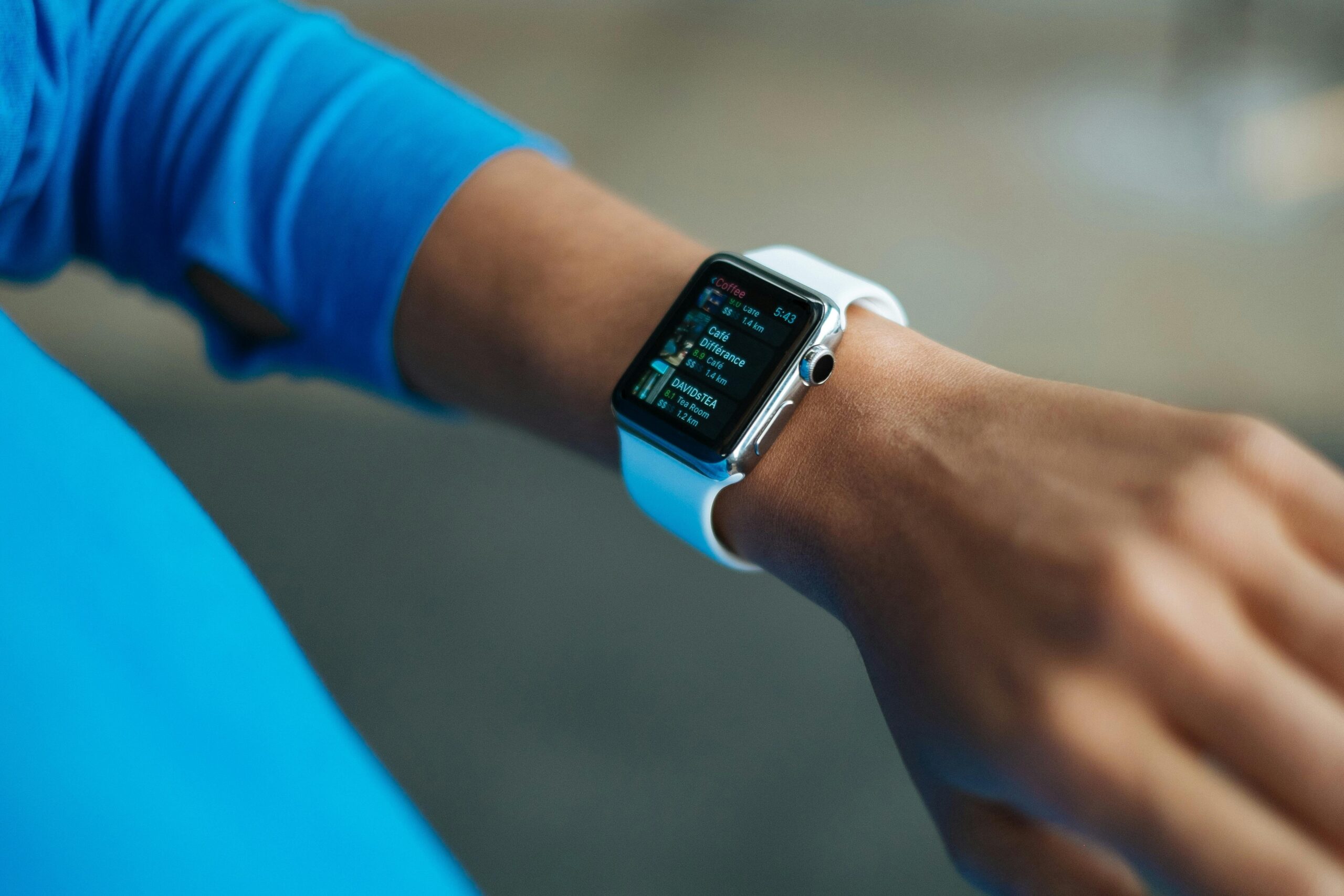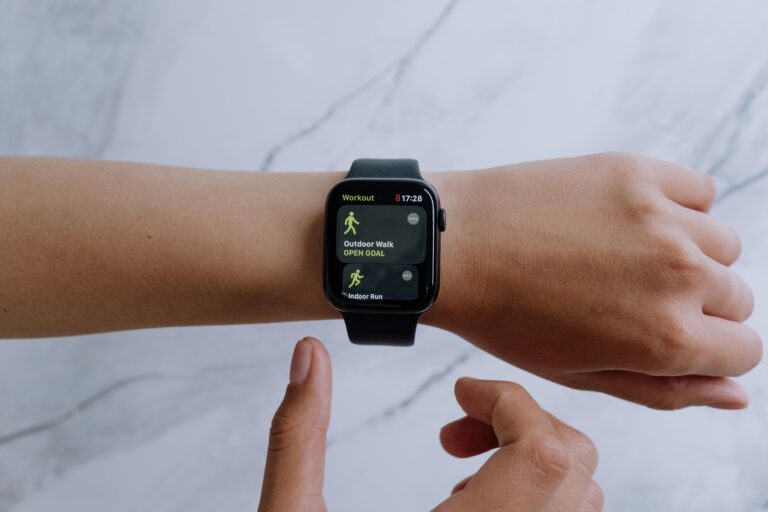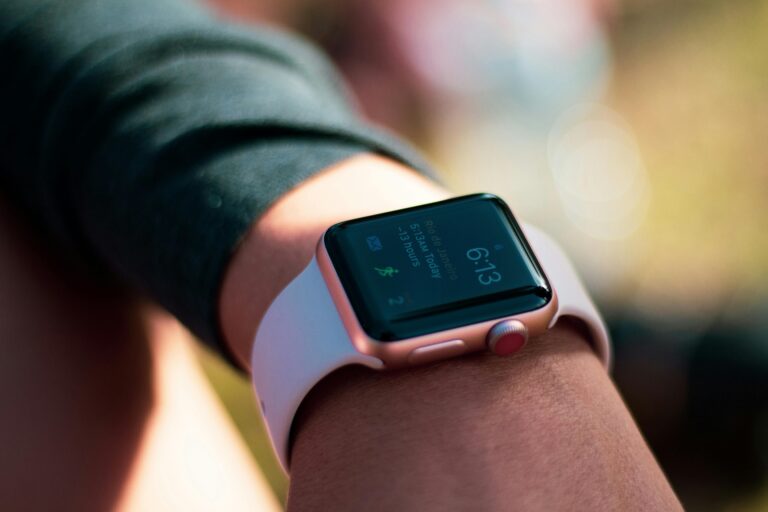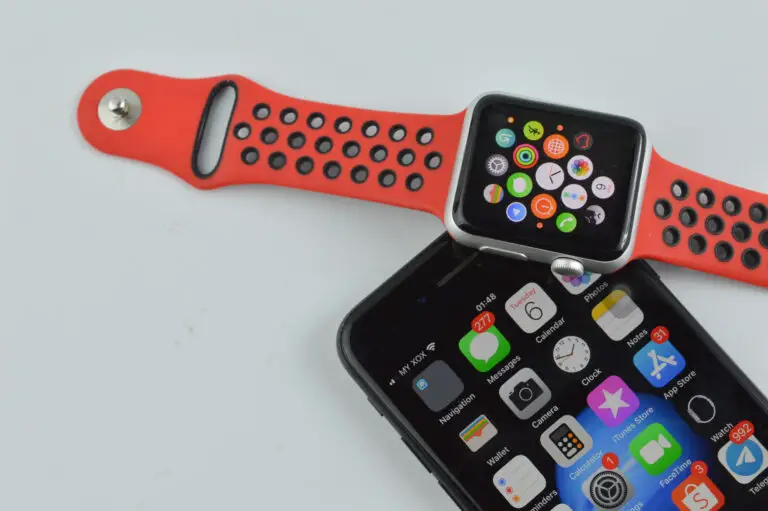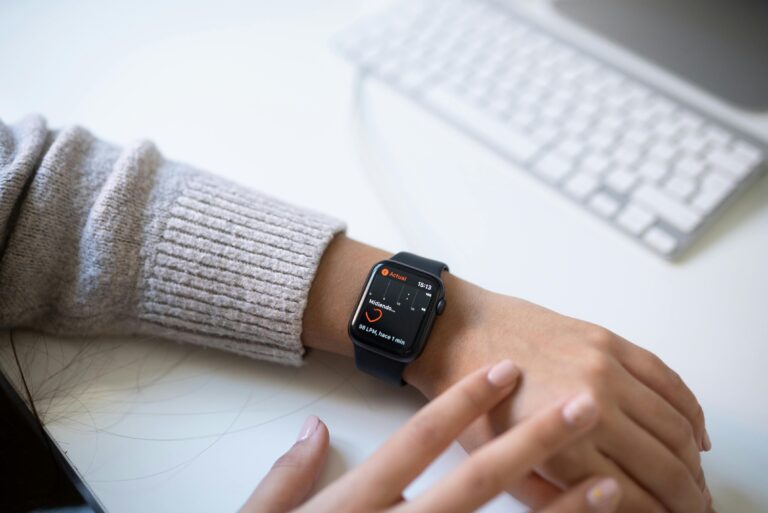Understanding and accomplishing your Move goal on your Apple Watch is pivotal in enhancing your fitness and wellness journey. This guide provides a complete perspective on how you can effectively personalize your Move goal.
Unraveling the Mystery Behind the Move Goal
Your Apple Watch’s Move goal represents the daily target of active calories you wish to burn, motivated by your personal fitness requirements and lifestyle choices. The active calories display the energy burnt through movement and activity, distinct from resting or sedentary calories.
The Apple Watch uses heart rate monitoring and motion sensors to calculate active energy expenditure. By aligning with the Exercise and Stand goals on the watch, the Move goal forms part of a comprehensive activity tracking system. Completion of these “Activity Rings” becomes an enjoyable and inspiring means to move more.
An important highlight is how the Move goal blends with other health features on the watch, raising the bar of maintaining overall fitness. Learn more about how the Apple Watch calculates active calories here.
Why Does It Matter?
A fitting Move goal can act as a catalyst, driving daily movement, fancying fitness streaks, propelling completion of rings, and triggering reminders to maintain an active regime. Discover how the Move goal blends with other health features on the watch.
Dissecting How Your Apple Watch Calculates Active Calories
The Apple Watch applies advanced algorithms, leveraging accelerometer and heart rate data to estimate the count of active calories burned.
Why Are ‘Active’ Calories Different from ‘Resting’ Calories?
The key variance lies in their way of burning energy. Resting calories represent baseline energy burned at rest, while active calories account for energy burned above the resting state due to physical activity. Understand the difference between active and resting calories.
However, bear in mind that some influence sways calculation accuracy, like individual body type, age, fitness level, and certain activities. Apple takes age into consideration when recommending Move goals, with different guidelines for children aged 13 and below.
Laying Out Factors for Setting Your Move Goal
Determining a suitable Move Goal requires mindful consideration of the following elements:
- Current Lifestyle: Desk job individuals, active professionals, and fitness devotees have varied move goals due to the differences in their daily activity levels.
- Fitness Objectives: Goals like weight management, cardiovascular health improvement, or muscle development vary in their necessary calorie burn rates.
- Physical Status (Health and Recovery): Altering Move Goals becomes essential for users recuperating from injuries or battling certain health conditions.
- Availability of Time: Consider how much time you can realistically devote to physical movement in your everyday schedule.
The recommended Move goal range by Apple is generally between 150-400 calories, but for more active individuals, goals can range between 500-1000 calories or even more for those training intensively.
Charting the Course to Adjust Your Move Goal on Your Apple Watch
Navigating the goal adjustment on your Apple Watch is a straightforward process:
- Open your Activity app on the watch.
- Scroll down and select “Change Goals.”
- Tune your Move Goal using (+) or (-). Move goals can be adjusted in increments of 10 calories at a time.
- Confirm by tapping “Set” or “Update.” Learn how to adjust your Move Goal on the Apple Watch.
Suggested Move Goal Range Depending on Fitness Levels:
| Fitness Level | Recommended Daily Move Goal (in Calories) |
| Beginner | 150-250 |
| Moderately Active | 300-450 |
| Advanced/Highly Active | 500-1000+ |
Decrypting Your Perfect Move Goal
Discovering your exclusive Move Goal calls for some research, experimentation, and self-evaluation:
- Commencing with a Modest Target: Begin with a more reachable number like 400 calories, as recommended by data from the American Heart Association and US Department of Health Services, and then ramp it up as you consistently achieve it.
- Application of SMART Goals: Make sure your goals are Specific, Measurable, Achievable, Relevant, and Time-bound.
- Undergo a Test Week: Monitor if the target is comfortably achievable over a week without excessive strain.
- Alignment with Long-Term Aspirations: Sync day-to-day Move Goals like burning 300 calories per day with bigger fitness plans such as half-marathon training or improving endurance.
Stepping Up to Meet Your Move Goal Consistently
- Strategically Add Physical Activity: Swap sedentary habits for more active ones and use reminders for walking breaks during work hours.
- Diversify Your Activities: Including a mix of strength training, running, or dancing can make the process more engaging. Consistency is key to achieving Move goals, and incorporating different activities can help keep routines interesting.
- Ride the Wave of Visual Progress: Closing rings, earning badges, and completing streaks can offer a much-needed motivation boost.
Assaying Your Progress and Adjusting the Goal
Monitoring your Move Goal accomplishment is simple via the Activity app on your Watch or iPhone. Depending on whether your target seems easy or unreachable over time, don’t hesitate to recalibrate it accordingly. Regularly tracking performance and progress using the Activity app can help achieve Move goals.
Addressing Common Queries About Move Goals
What Constitutes A Good Average Move Goal?
Apple generally suggests a window of 150-400 calories per day for most users. However, this might be upbeat or downbeat depending on one’s fitness and activity levels.
Is It Possible To Exceed My Move Goal?
Yes, exceeding your goal brings a sense of accomplishment but remember, consistency wins over occasional high spikes.
Why Does My Calorie Count Vary From Other Devices?
Dependent upon individual data specifics, algorithms, and other factors, Apple Watch calculations might differ slightly from those of other devices.
Starting Point:
A recommended starting point for a Move goal is 400 calories, based on data from the American Heart Association and US Department of Health Services.
Last Words: Tailoring Your Journey
No “one-size-fits-all” Move Goal exists; personalization plays the protagonist. Emphasize progress over perfection, be flexible to adapt, get started with where you are, and relish the journey towards improved fitness – that’s what matters at the end!

